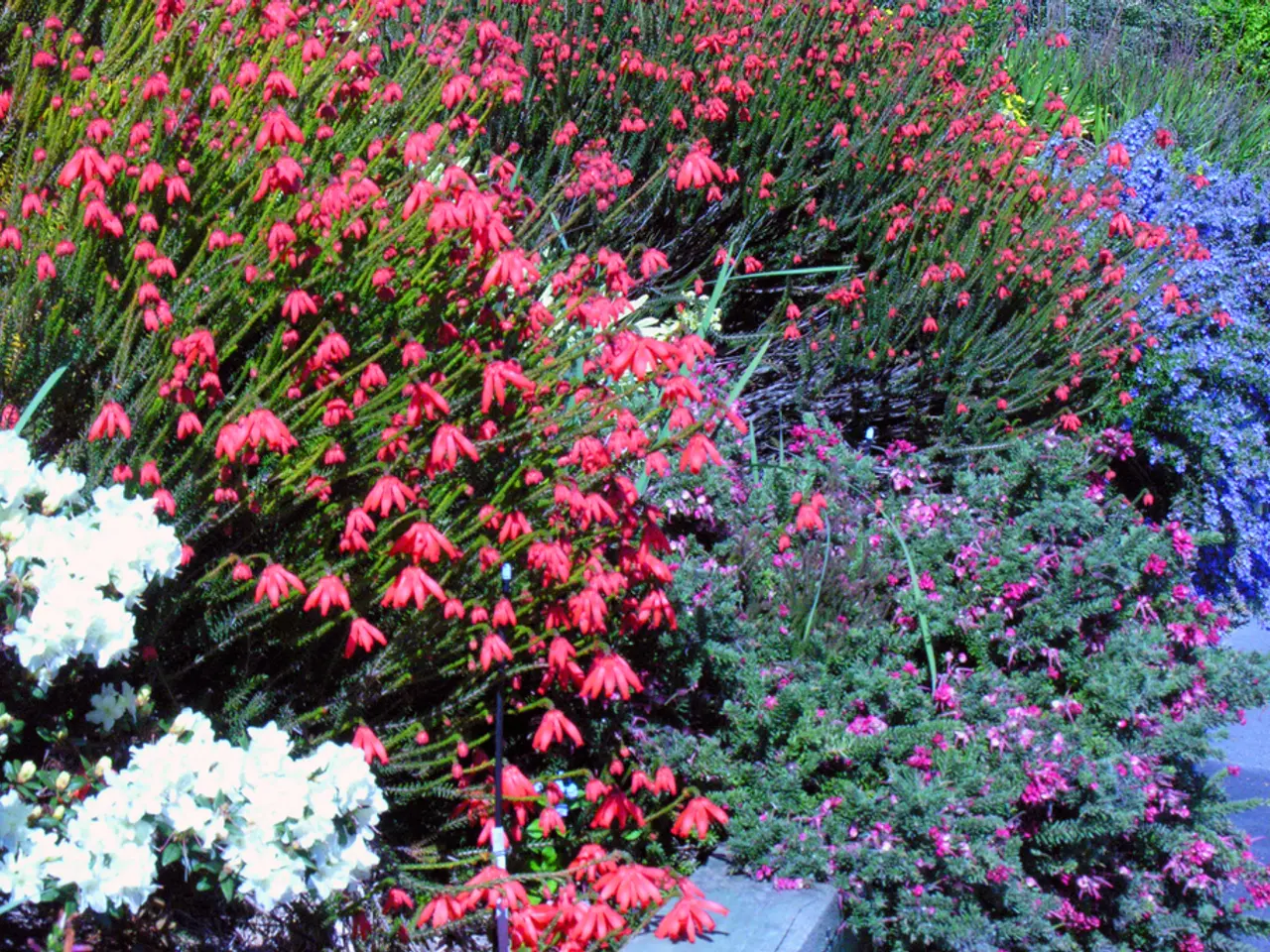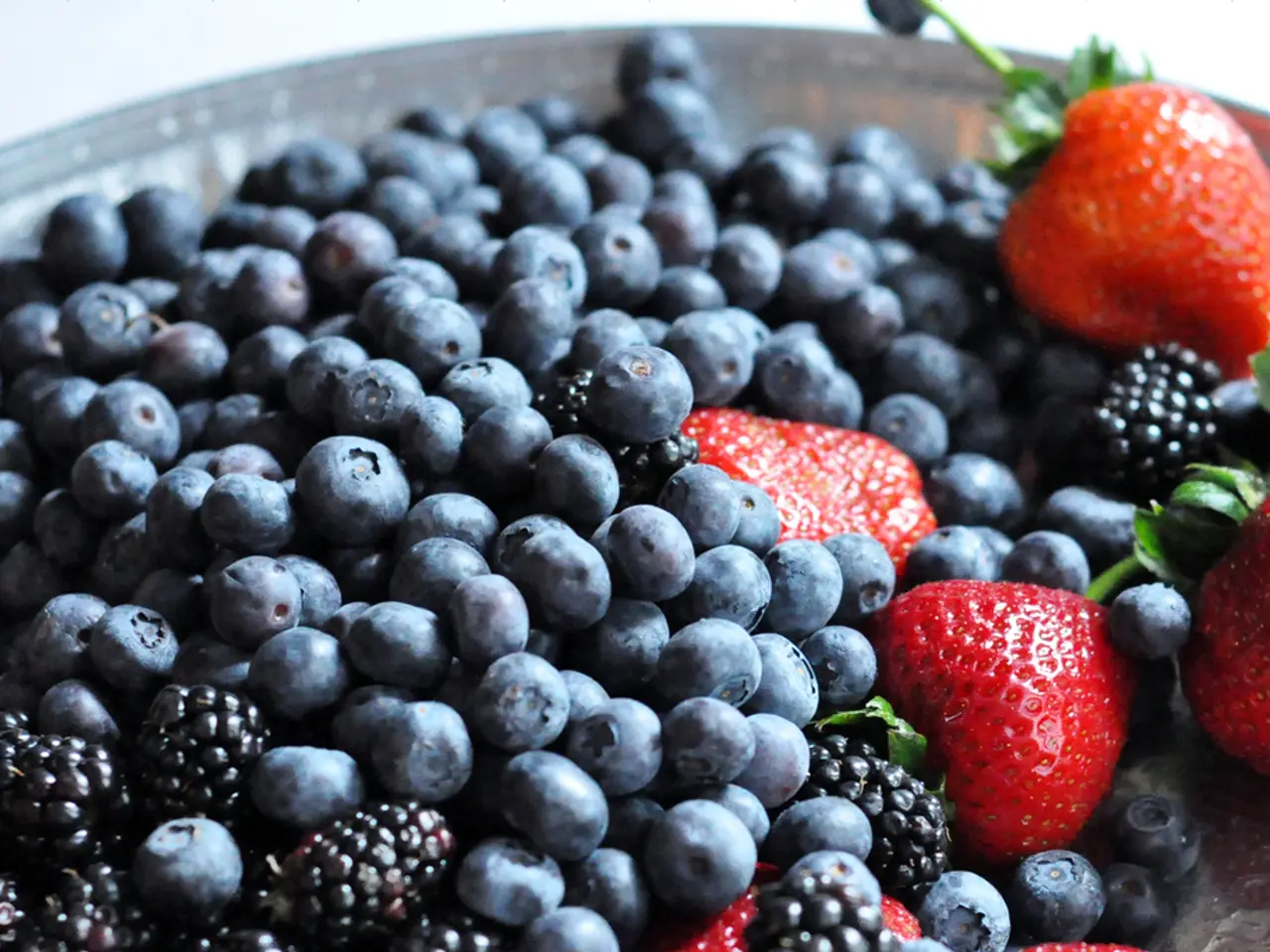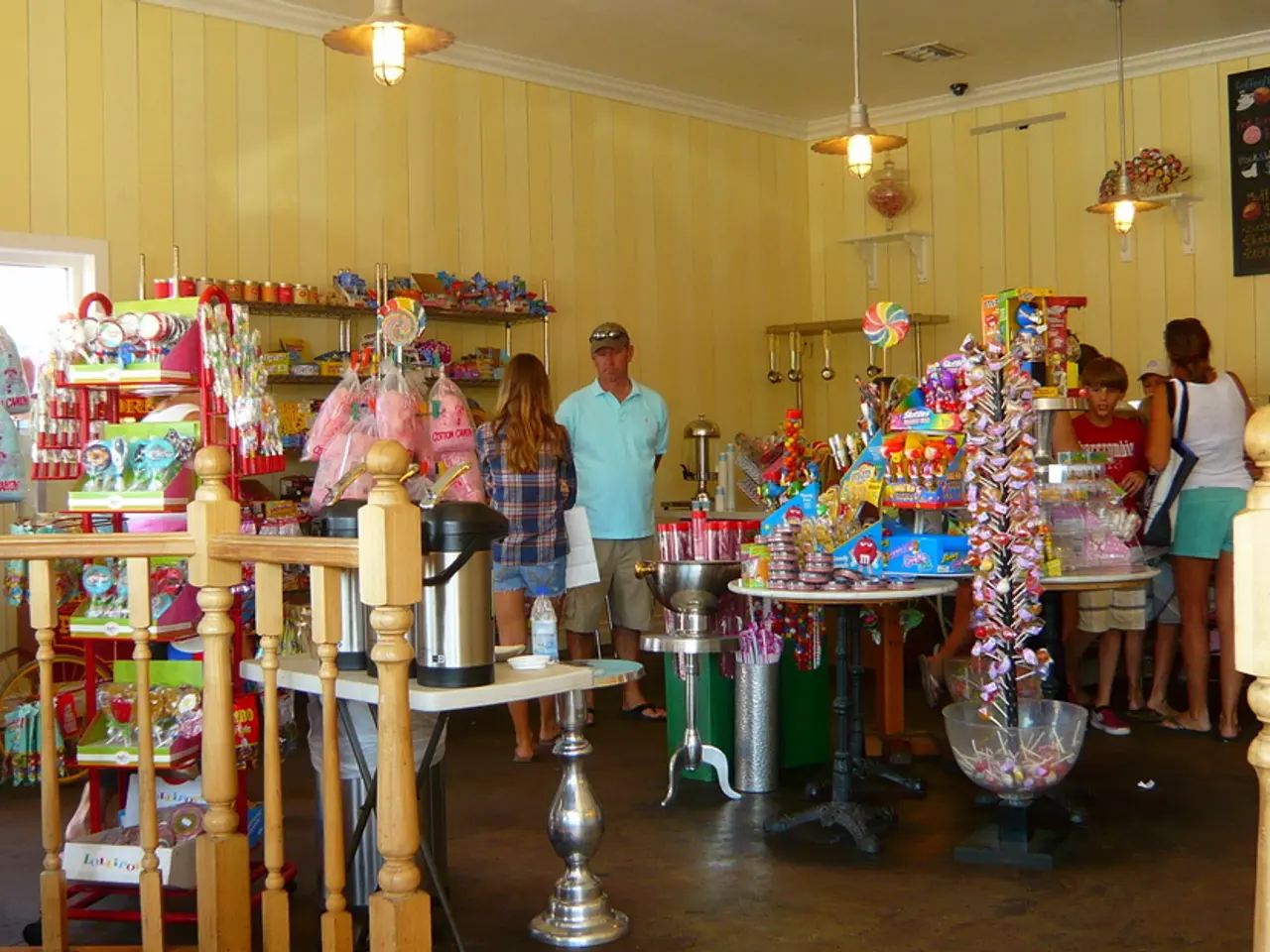Expand Your Bloom Palette: Discover 12 Stunning Perennial Flowers for Enduring Colors
In the quest for a beautiful, blooming garden that requires minimal upkeep, choosing the right perennials is key. Here are some of the most popular outdoor perennials and their special growth considerations to help you create a long-lasting, vibrant garden.
Blanket Flowers (Gaillardia), with their multi-tone red, yellow, orange, and peach blooms, thrive in full sun and are hardy in USDA Zones 3-10.
Blue Clips Bell Flower (Campanula carpatica), a low-growing plant with blue bell-shaped flowers, blooms all summer and is suitable for polyculture beds or the front of taller plants. It can tolerate full sun or partial shade and is hardy in USDA Zones 3-9.
Siberian Bugloss (Brunnera) is known for its striking foliage and tiny blue flowers in spring. This hardy and low-maintenance plant prefers shade or partial shade, making it suitable for shady gardens.
Bleeding Heart, with its late spring to early summer flowers in red, pink, or white, has lime-green to dark green foliage and prefers shade or part shade. It requires moist, well-drained soil and is hardy in USDA Zones 3-8.
Foxglove (Digitalis purpurea) offers tall spikes of tubular flowers in white, pink, purple, and attracts hummingbirds and bees. It prefers partial shade but tolerates full sun, is deer resistant, and requires rich, moist, well-drained soil with slightly acidic to neutral pH. Foxglove is hardy in USDA Zones 4-9.
Salvia, a hardy perennial with pink, blue, or purple flowers, attracts pollinators like bees and butterflies and is generally deer and rabbit resistant. It prefers full sun and well-drained soil.
Coneflower (Echinacea) is a popular choice for herb gardens and pollinator beds, thriving in full sun and tolerating heat and humidity. Its seedheads provide winter bird food.
Some perennials like blanket flowers, salvia, and coneflower thrive in full sun, while others like bleeding heart, Siberian bugloss, and foxglove prefer partial to full shade. Most thrive in well-drained soil; some like foxglove prefer moist, rich soil. Knowing your USDA zone is key to perennial success, as zone tolerance varies. For example, blanket flowers grow in zones 3-10, foxglove in 4-9.
In addition to these favourites, Dianthus, Dahlia, and Astilbe are also popular choices for gardens. Dianthus is a large group of plant species that includes carnations, pinks, sweet William, and others, while Dahlia is among the most colorful perennial flowers. Astilbe is valued for its ease of growth and adaptability in terms of soil.
Yarrow, particularly Yarrow millefolium, is favoured for its ability to attract beneficial insects and repel pests. Aster is a favourite of pollinators, blooming late in the season and serving as an invaluable source of both food and shelter to insects. Liatris, or blazing star, is native to much of the United States and serves as a magnet to bees and hummingbirds.
Phlox, such as Phlox paniculata and P. subulata, are common in home landscapes, with Phlox paniculata ideal for mixed borders and P. subulata for ground cover. Lemon Ball, Golden Stonecrop, and Firecracker are attractive sustainable sedum varieties. Rudbeckia is a popular native plant that diversifies wildflower plantings and attracts pollinators.
Selecting perennials suited to your climate, soil conditions, and sun exposure ensures a long-lasting, vibrant garden with minimal upkeep.
1.To create a home-and-garden that mirrors a lifestyle of low maintenance and high aesthetic value, incorporating perennials such as Dianthus, Dahlia, and Astilbe is recommended, as they are popular choices for gardens.
- For a garden filled with pollinators and a blend of colors, Yarrow millefolium, Aster, Liatris, Phlox, and Rudbeckia are favorites, each offering unique benefits such as attracting beneficial insects, serving as a late-blooming source of food for insects, or providing ground cover and sustainable sedum varieties.




